Sharpen your still life painting skills
Painting indoor still life is a great way to become comfortable with the medium and get you ready for plein air studies; these tips will help you out.
There's nothing I love better than being outdoors painting the world around me, but it was definitely a struggle for me when I first started using gouache. Working with an unfamiliar paint medium, new painting techniques, the complexity of the scene and the ever-changing light can be intimidating. And that's why setting up a small-scale, basic still life in the comfort of your home can be a good way to work on the art fundamentals and build up your confidence before heading out
You'll know better than anyone the variety of props with different shapes and colours that are in your home, and for some artists like myself they provide a constant source of inspiration. Working on these still life exercises under a consistent light source means you can take your time to work on your observational skills, noticing the relationships between shapes, light and colours, which is crucial for painting outdoors.
One of the ways I like to set up my still life is finding objects with a clear difference in value structure and put them under a single light source, such as a desk lamp. In this article I have my toy figure with about a medium value, a small black speaker which is my darkest value and a white piece of board as my highest value element, with some additional objects in the background. These simple objects establish a varied value structure for me to paint an interesting image.
The most important concept to keep in mind in this still life exercise is to observe these object as not what they are, but as abstract shape elements. The more you train your eye to see and paint them this way, the easier painting the complexity of outdoor sceneries will become.
01. Selecting objects to paint
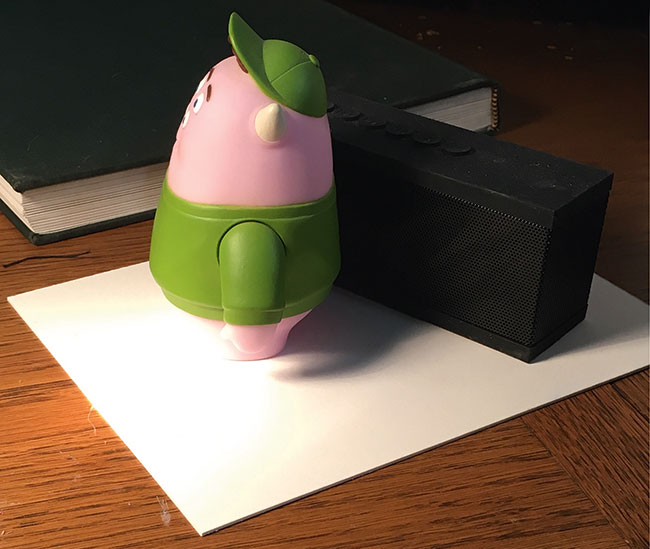
Try not to think about finding "cool" objects to paint. Instead, consider their contrasting properties when they're put together. In my setup, I have the contrast of the colourful, round-shaped toy next to the dark, geometric speaker sitting on the flat white board. Thinking abstractly this way will help you become better at depicting the fundamentals of design, value and colour.
02. Making use of a simple underdrawing
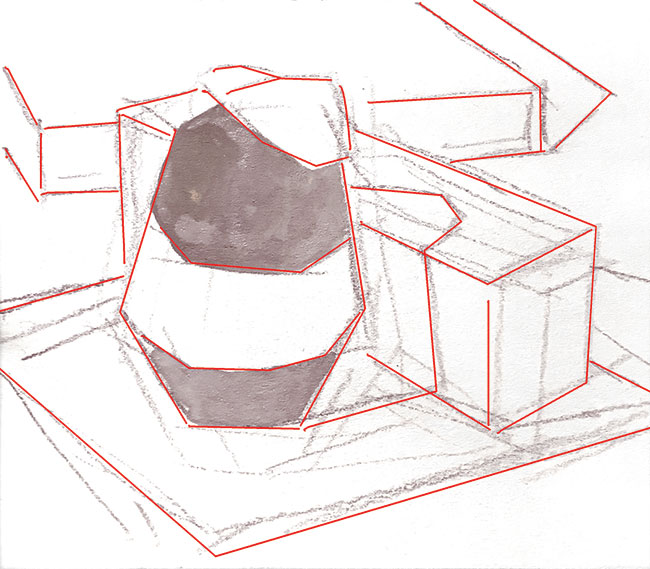
I like to think of the underdrawing almost as a simple note-taking stage. I quickly sketch in the important elements, such as proportions of objects and the general composition. The loose drawing enables me to be more flexible when painting, and not be a slave to the line work.
03. Overall colour block-in
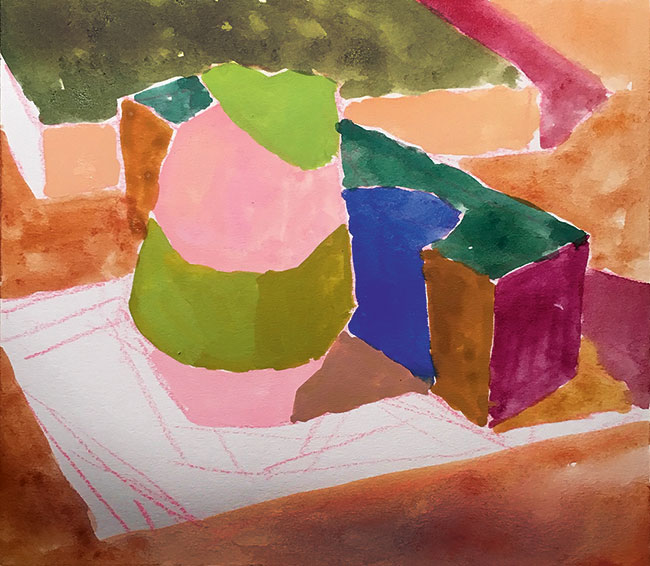
During the early block-in stage I put down rough colour notes of what I see. I like to start in the centre of my image and work my way around the whole composition. I do this often throughout the whole painting process so I don't linger in one area for too long. I also paint loosely and more wet during this stage, as I would with watercolours.
Daily design news, reviews, how-tos and more, as picked by the editors.
04. Breaking down the complexity
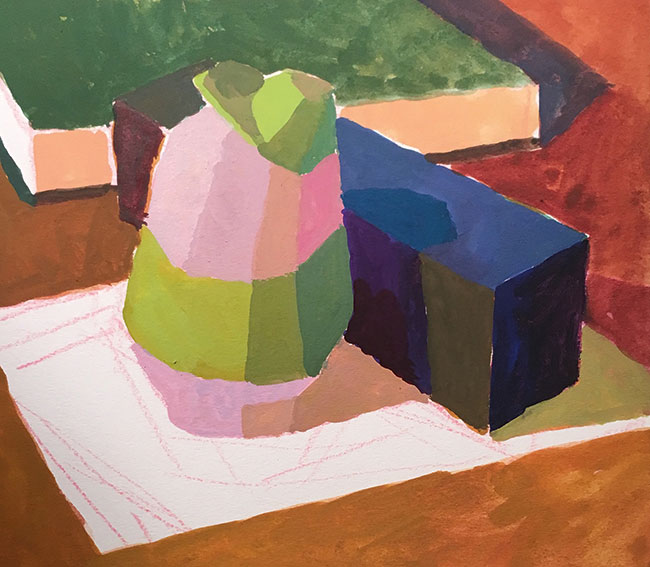
The middle stage is all about breaking down the complexity of your objects into more simple colour shapes and more accurate colour mixing. I push the warms colours in the light and cool colours in the shadows. I start to layer on thicker paint, but don't think so much in terms of blending – instead, I sculpt simple planes with my brush strokes.
05. Refining the still life composition and applying details
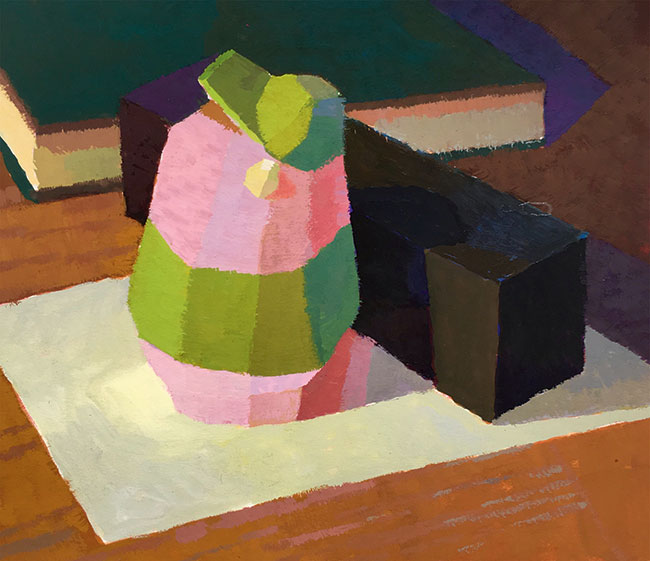
Once I achieve a strong, solid read of my painting, the finishing stage becomes relatively straightforward. Here, I can start to think about adding details such as the horn on the toy figure or the texture element of the table wood grain. I'm also looking for subtle changes in colours, which will bring in more variety to my painting. For example, in my white board area I add subtle changes of yellowish and greyish white.
This article originally appeared in ImagineFX issue 141; buy it here!
Related articles:
